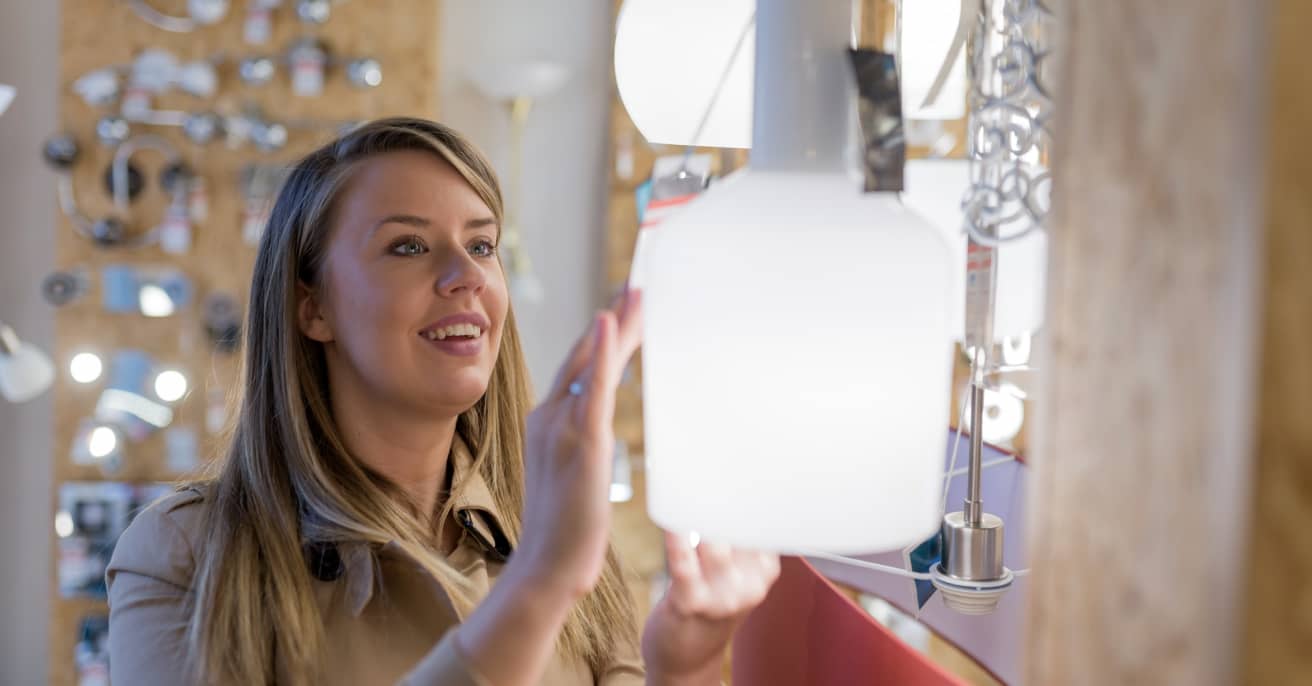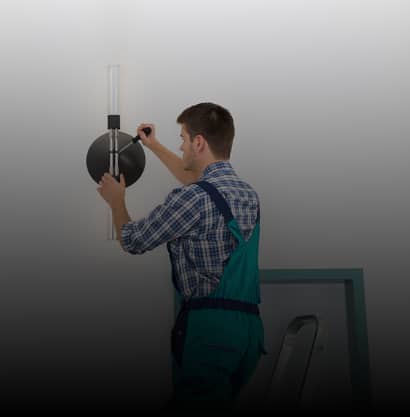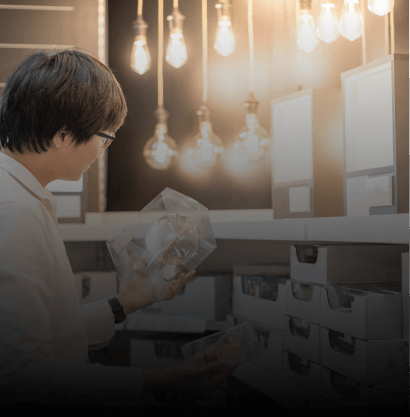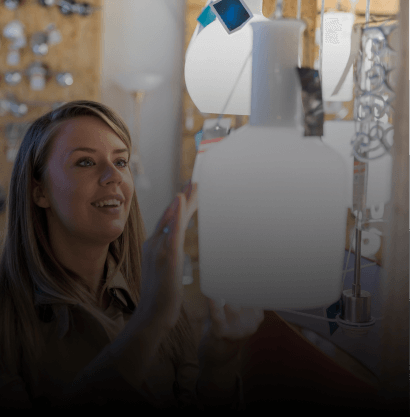In the first part of our series, we covered lighting brightness, colors, and power labels, as well as the labels informing you on longevity, durability, or the quality of your lighting source. This time, we dive into the labels informing you on lifespan, dimming or beam angles, and more. You can also check the article about labels informing you about the compatibility with the environment or fixtures.
You are here:
- Home
- article
- Part II. Labels Decoded. Going beyond buzzwords on sustainable lighting.
Part II. Labels Decoded. Going beyond buzzwords on sustainable lighting.
November 27, 2023
LED Lights
We continue the series of unpacking the labels and terms around lighting products by covering what you need to know in terms of efficacy, switching cycles, and more.


The importance of the switching cycles
While the Longevity & Durability label lets you know for how many hours your lighting source lasts, the number of switching cycles informs you how many times the light source can be switched on and off during its lifetime.
Especially important for areas with frequent switching, it directly impacts the long-term costs and also the environmental aspects. Longer-lasting lighting sources also help reduce the materials and the energy required for production.
Efficacy of the light source
Efficacy is a key factor in assessing a light source. Measured in lumens per watt (lm/W), it reflects the efficiency with which a light source converts energy into visible light.
Taking it into account guides you towards more energy-efficient and cost-effective solutions but also helps you opt for longer lifespans, as high-efficacy light sources tend to have longer lifespans compared to traditional solutions.


The Life Span L70
This metric informs you about the longevity and durability of LED lighting products. This way, you will know when the light output of an LED will decrease to 70% of its original output. Usually, it is considered that the LED may need replacement when reaching this level.
As light sources go through the lumen depreciation process and lose their brightness over time, the L70 metric gives you an estimation of the durability of the product. For example, a lifespan of 30.000 hours means that your light source will last several years despite daily use.
The dimming option
The dimming label will tell you if the light of the source can reduce its brightness. While usually applied for ambiance and comfort to suit preferred levels of light or activities, a dimming characteristic can also impact the energy savings or the overall lifespan.
However, it is essential to ensure the compatibility between various dimming systems and lighting products for performance and light quality purposes.

The Beam Angle
The Beam Angle defines the spread of light from the source, so you know how the light is distributed in a space.
A narrow beam angle (usually less than 40%) creates a spotlight effect and is well-suited in art galleries, for example, when needing to highlight a specific object or area. A wide beam angle (more than 60%) gives a more spread-out light and is suitable for ambient lighting.
While some lighting fixtures offer the adjustment of the beam angle, some are fixed. Therefore, choosing a fixture with the correct beam angle for its specific use is critical.
In conclusion, it is highly important to pay attention to these factors when deciding what lighting source is best suited for your needs. If you want to dive into all of the parameters, check our first and third parts of the series, too.

recommended Articles
Keep updated with similar articles from the world of lighting. Everything you need to know for an efficient and sustainable life.



